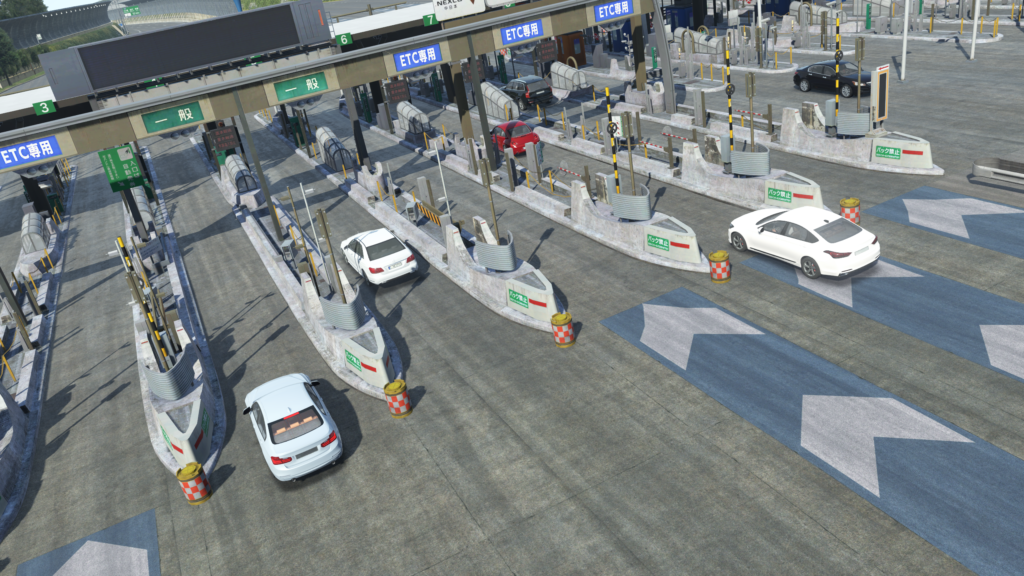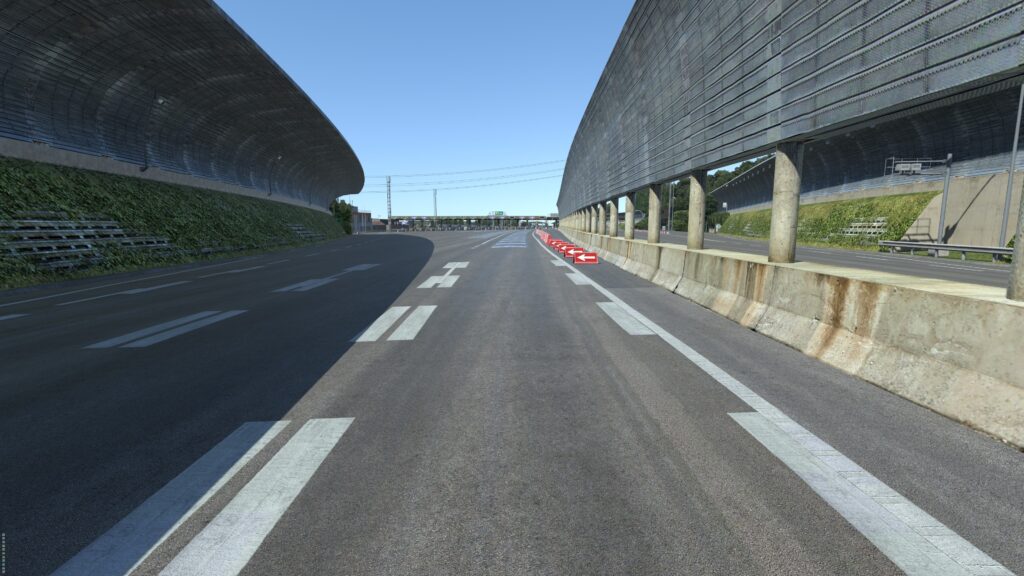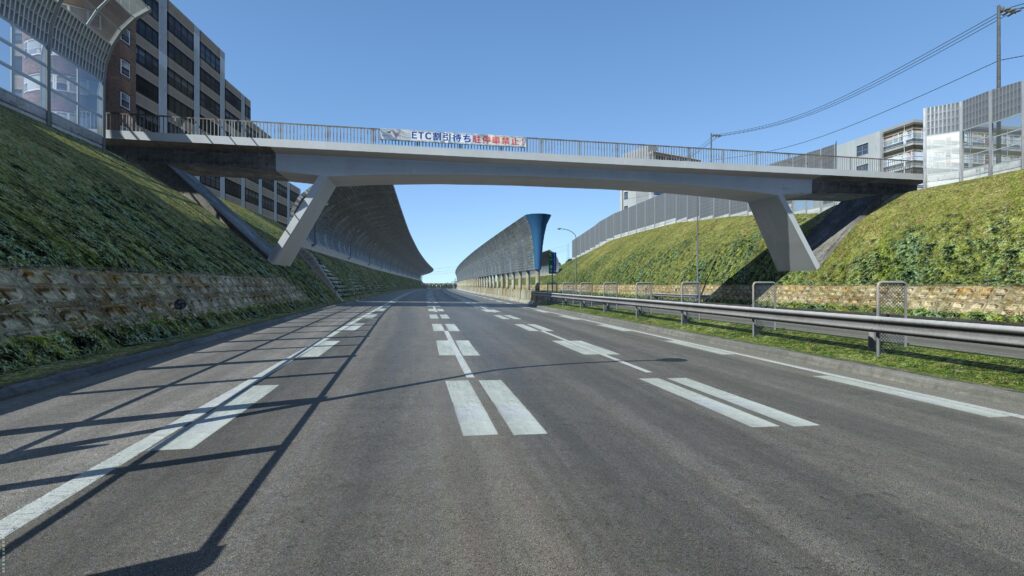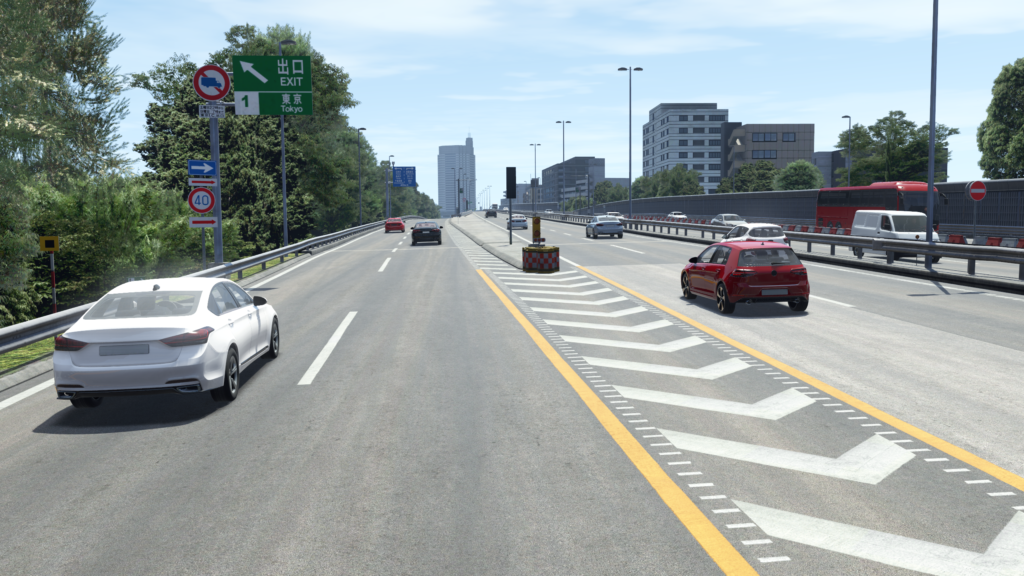UK software specialist rFpro has been tasked by a major OEM to develop a digital replica of the Tōmei Expressway in Japan. This virtual model will primarily be used for powertrain calibration, focusing on enhancing driveability, efficiency and WLTP assessment, as well as facilitating high-speed development.
The Worldwide Harmonized Light Vehicles Test Procedure (WLTP) assessment involves evaluating various driving styles, route types and different weather and traffic conditions. Conducting such tests in the real world is time-consuming and costly, requiring a prototype vehicle. Simulation provides a more efficient testing method and enables development to commence while the vehicle or powertrain is still in the model-based stage.
As well as for from powertrain development, the extensive straight sections of the digital twin are also well-suited for high-speed testing, according to the companies. This encompasses assessing vehicle safety and stability, NVH, and testing ADAS and ADS in a high-speed environment.
The digital twin was created using survey-grade lidar scan data to generate a road surface with vehicle dynamics precision accurate to within 1mm in height. This precision is crucial for accurately simulating the effects of every bump, drain cover and painted line.

The model comprises 45km of driveable road and three toll sections, including a complex 24-lane toll plaza. The high, overhanging walls at the roadside pose an interesting challenge for ADS, as they interrupt continuous interaction with the sky, often used for navigation support. The model also incorporates connecting junctions and underground passes to form a continuous loop, creating a more efficient test environment.
The digital twin is designed to be geometrically precise and aesthetically realistic, with hundreds of road signs, markings, roadside objects and buildings faithfully recreated and fully configured for ground truth while maintaining computational efficiency.

The Tōmei Expressway is the latest addition to rFpro’s library of highway digital models, which include Leonburg autobahn in Germany, Colchester Connecticut Road in the USA and Tokyo’s Shuto Expressway.
“Powertrain calibration is often a compromise between optimizing efficiency and driving dynamics,” said Matt Daley, technical director at rFpro. “This combination of objective and subjective targets makes driver inputs and assessment critical to the development program. Using simulation and our Tōmei digital twin, a powertrain can be thoroughly assessed and developed in a representative highway environment early in the development cycle.”



